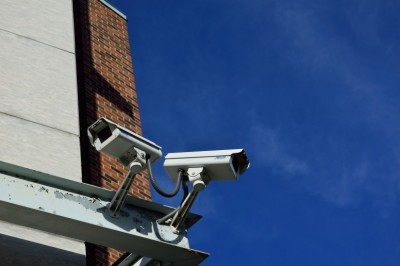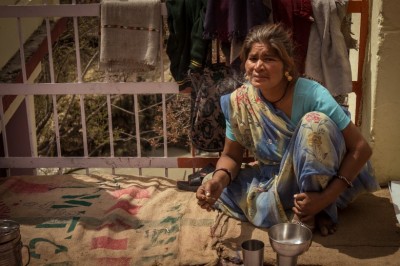Ten Facts About Fabric Tensile Structures
Tensile structures are increasingly used as a means of protection against the weather in publicly used spaces. This is because such structures can span large distances and can be aesthetically pleasing. Wikipedia defines a tensile structure as "a construction of elements carrying only tension and no compression or bending". This article is designed to give you some based knowledge about the use of fabric in such structures. Tensile structures are generally supported by some form of compression or bending elements (for example the masts in The O2, formerly the Millennium Dome).
1. Why use fabric in tensile structures?
Fabric can facilitates greater spans than conventional building materials, with a minimal supporting structure. Greater translucency and dynamic, organic shapes bring the feeling of the outside inside. They also provide shade and protection from the weather.
2. Is it cost effective?
If you compare it with concrete and steel construction, there is an economy of cost per square metre, strength and longevity with fabric. The main cost saving comes with a reduced installation time. This is because the support structure and fabric membrane is pre-fabricated and assembled on site.
3. What is tension?
Tension is the force used to pull the molecular structure of a material apart. It is the most efficient way of using any material because it utilises the whole cross section at maximum efficiency rather than just the material at the extremes of the cross sectional form (fro example, as in bending and compression loads).
4. What is a tensioned fabric structure?
True tensile fabric structures are those in which every part of the fabric is in tension. The fundamental rule for stability is that, a tensioned fabric structure must curve equally in opposite directions; this gives the canopy its 3-dimensional stability.
5. How is a 3-diemnsional form achieved?
The complex 3-dimensional form of a canopy is achieved not by elastic fabric, but by cutting the fabric and bonding it together to make its final 3-dimensional shape. The fabric is loaded during the installation process. This is called pre-tension or pre stress. Pre-tension is the most efficient way of resisting live loads such as snow, wind etc.
6. Can a fabric structure cope with the weight of snow or heavy weather?
A tensile fabric structure, once it is tensioned, can take a large amount of applied weight and the fabric is extraordinarily tight. If something is thrown onto the fabric, it will bounce off. Fabric structures have been built in typhoon and tornado zones.
7. Is the fabric elastic?
The fabric used in tensile structures is not stretchy or elastic in nature. It will not balloon under wind loads and settle under snow. A typical structural external fabric has a tensile strength of 10 tonnes per linear metre and will creep no more than a few percent after 20 years of extreme conditions.
8. Will the fabric stretch over time?
Fabric, being flexible and normally woven, is a live medium that stretches across the diagonal plain to a greater extent than in the direction of the weave, this can be most easily seen with a piece of netting. Certain fabrics can also have more stretch in one direction than in the other. This is due to the threads of the weft being woven in and out of the warp threads, which are already tightened.
9. What types of fabric can be used?
There are many different fabrics with various features and benefits to each one, however there are three basic external fabric types most commonly used in tensile fabric structures. External fabrics such as PVC (polyvinyl chloride) coated polyester; silicon coated glass; and Teflon coated glass P.T.F.E. (polytetrafluroethylene). They have different benefits in terms of cost and durability. PVC coated polyester is the least expensive and has a design life of 15 to 20 years. Silicone coated glass cloth and Teflon coated fabric has a higher tensile strength than PVC coated polyester, but is slightly more brittle.
10. Are all fabrics fire retardant?
All types of fabric can be used if suitably fire retardant. The most commonly used is PVC coated glass cloth due to its easy maintenance and very good fire resistance. Untreated cotton can be used which will burn out in a flash and will not drop hot plastics on anyone below. Lycra materials can be used for awkward or ad-hoc shapes.
------
Fabric Architecture Ltd has been specialising in the design, engineering, manufacture and installation of tensile fabric structures since 1984. With over 5000 installations throughout the world, Fabric Architetcure are experienced in both custom design-and-build structures as well as offering a range of pre-designed and pre-engineered Signature Structures. More about Fabirc Architecture http://www.fabricarchitecture.com/























